Home>Articles>7 Invisible Hazards That May Be Lurking in Your Home


Articles
7 Invisible Hazards That May Be Lurking in Your Home
Modified: July 12, 2024
Learn to spot and prevent the most common household dangers. Protect your family’s well-being with these practical tips.
(Many of the links in this article redirect to a specific reviewed product. Your purchase of these products through affiliate links helps to generate commission for Storables.com, at no extra cost. Learn more)
Your home should act as a sanctuary, but many overlook that it can also be dangerous. Invisible hazards within our household can jeopardize our safety and well-being without us even suspecting it.
The following are the most common, yet often overlooked, dangers that may live within your home and strategies to remove them.
Electrical Hazards
If not properly maintained, the electrical components in our home can pose a significant risk. Outdated wiring, overloaded circuits, and faulty devices will increase the danger of fires and electrical shocks
Faulty wiring, outdated outlets, and the overuse of extension cords are linked to electrical fires. Remember to have an electrician regularly inspect your home to ensure everything is up to code. This is especially important if you are moving into a new property. Following your home inspection results, make sure previous owners make any necessary upgrades and repairs before you move in.
Electrical shocks occur when you contact a live electrical source directly. Examples of shock hazards include damaged power cords or exposed wires, and the risks can range from mild to life-threatening. To prevent shocks, make sure all electric outlets are properly grounded and you replace any damaged power cords.
Improve electrical safety in your home with devices like ground-fault circuit interrupters (GFCIs) and arc-fault circuit interrupters (AFCIs). GFCIs quickly shut off the flow of electricity in the event of a ground fault and prevent electrical shocks. Meanwhile, AFCIs detect electrical arcing and shut off the power to prevent fires.
Carbon Monoxide
Carbon monoxide (CO) is a colorless, odorless gas produced by malfunctioning home appliances. Appliances such as furnaces, water heaters, and fireplaces can release CO into the atmosphere. CO is toxic and can cause severe health problems, including loss of consciousness and death.
To protect against CO poisoning, you should install detectors on every level of your home. It’s important to place them near sleeping areas and close to appliances like fireplaces. The devices will alert you to the invisible threat and allow you to evacuate.
Regular maintenance will help reduce the chance of CO leaks. A qualified technician can inspect the appliances and let you know if they work correctly. You also want to ensure the appliances have proper ventilation outside the home.
Mold Infestations
Mold occurs in damp, humid environments. In the home, mold can become a problem in areas with poor ventilation, such as bathrooms and basements. Although a few species of mold are harmless, some can prove dangerous, especially to those with weakened immune systems.
Mold can often be detected by its musty odor. You may also see mold visibly growing on surfaces. If you see mold in the home, you should look to reduce moisture levels in the area and get a remediation specialist’s assistance.
Check for proper ventilation to control humidity and moisture levels in areas like bathrooms and basements. You can also use devices like dehumidifiers and exhaust fans. If there are any water leaks or other plumbing issues, address them immediately. Make sure your home’s drainage system works correctly to keep water away from the foundation.
Cyber Threats
One often overlooked home hazard is digital security. With our houses full of devices, from smartphones to doorbell cameras, we are constantly online. This interconnectivity exposes us to cyber threats that can compromise our financial or other private information.
A reputable virtual private network (VPN) will encrypt your online activity, adding a layer of protection from cyber-attacks. Once you have a VPN in place, don’t forget to perform a DNS leak test. It will demonstrate whether your actual data, like IP address, is still visible to the ISP (internet service provider) or other third parties. DNS leaks shouldn’t occur if your VPN works properly.
Asbestos
Asbestos was once a widely used chemical that appeared in construction materials. It wasn’t until the late 1980s that asbestos would undergo a ban. The ban occurred when the substance became linked to serious health issues, including lung cancer and mesothelioma. Any home built in the 1980s or earlier may have asbestos.
If your home was built in the pre-1990s, you’ll need a professional inspection to check for any asbestos. It can hide in insulation, floor tiles, ceiling tires, and other construction materials. In case of detection, a certified abatement contractor must remove the asbestos. Don’t try to do it yourself because you can release harmful fibers into the air.
Read more: 7 Ways To Add Seasonal Touches To Your Home
Household Chemicals
Household cleaning products, pesticides, and other chemical-based substances are commonly used around the house. However, these substances can pose risks if not handled and stored properly. Reading labels can help you identify the ingredients in the chemicals and find out any hazards.
Most importantly, chemicals must stay out of reach of children and pets. Leave the chemicals in the original containers and follow the manufacturer’s instructions on properly disposing of them. Wear gloves or eye protection when handling any household chemicals.
Radon
Radon is a naturally occurring gas that can seep into homes through cracks and gaps in the foundation. If you experience prolonged exposure, you could have an increased risk of developing lung cancer. As part of the home inspection process, you can have a professional assess the radon levels in your home.
If you do have high levels, you may need to install a radon mitigation system. The system uses fans and vents to get the radon gas safely out of the house.
Timely Response Is Crucial
Understanding your home’s hidden dangers can protect your family members, yourself, and your pets. A routine part of maintenance is to check your home for any potential dangers and address them as soon as possible with the help of trained professionals. By acting promptly, you can fix the problem before the permanent damage is done.
Was this page helpful?
At Storables.com, we guarantee accurate and reliable information. Our content, validated by Expert Board Contributors, is crafted following stringent Editorial Policies. We're committed to providing you with well-researched, expert-backed insights for all your informational needs.

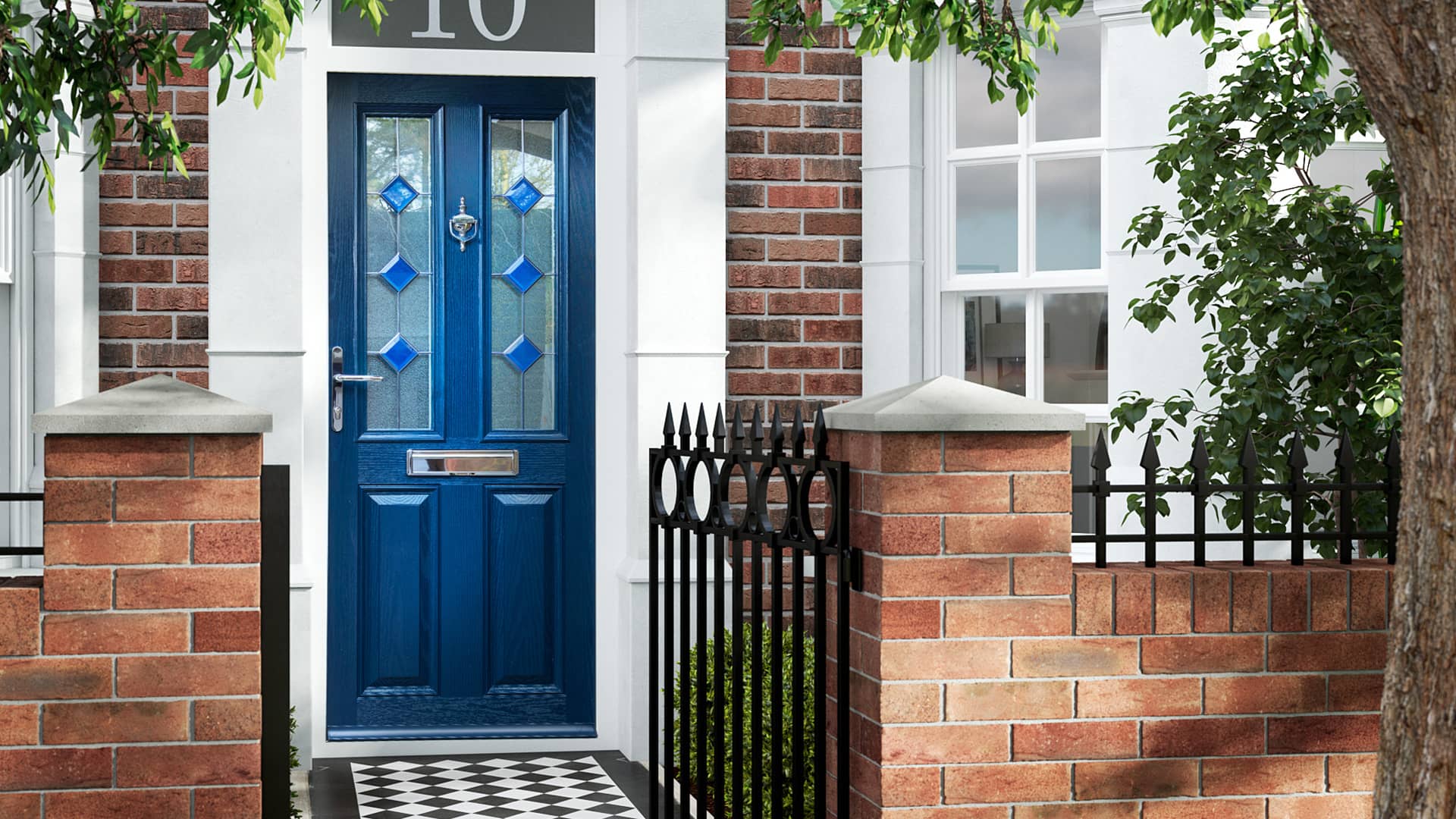
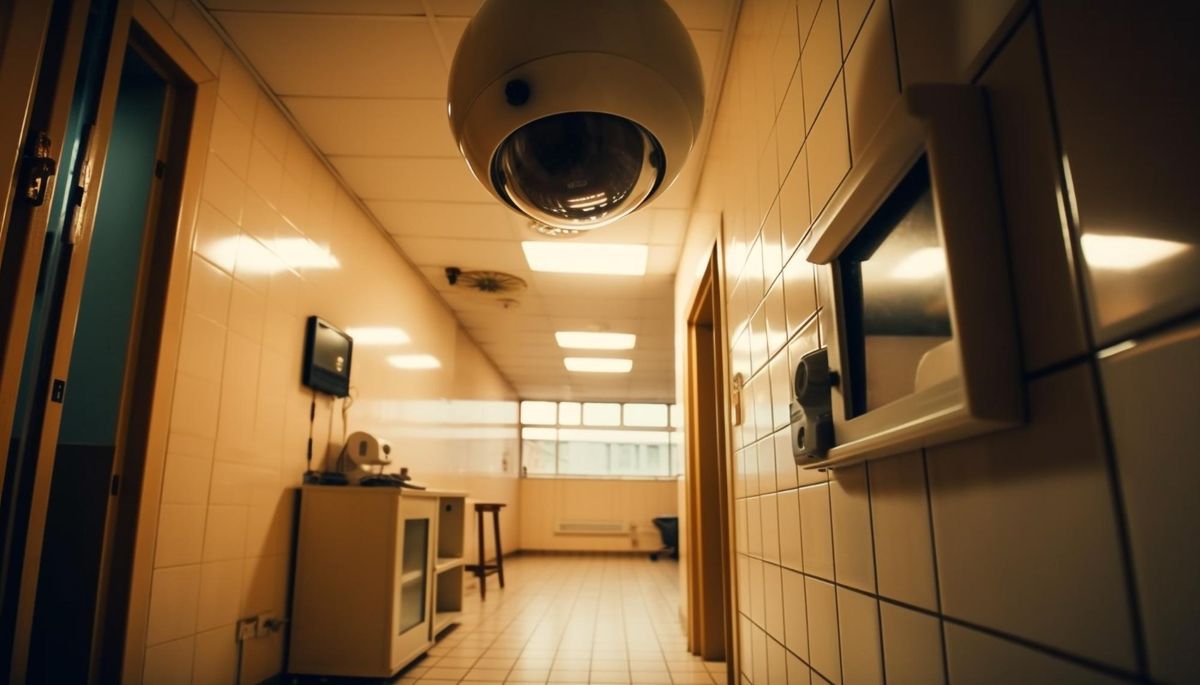

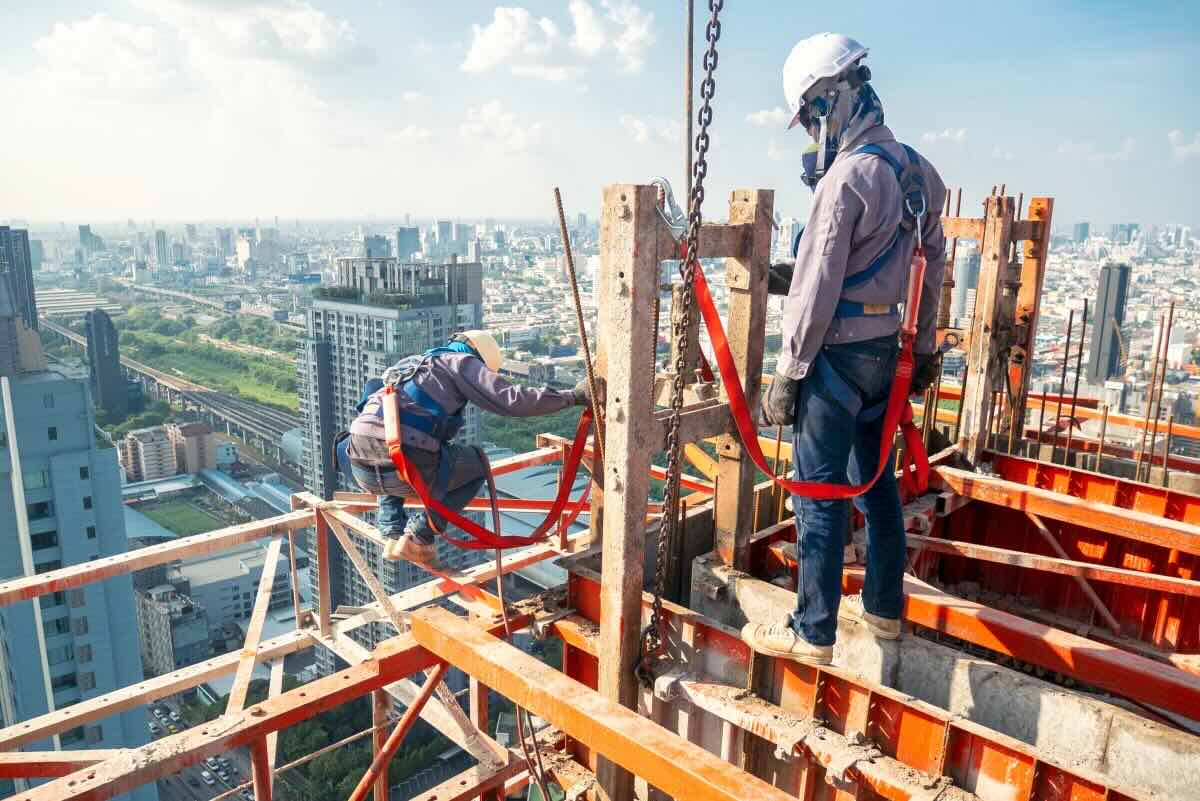

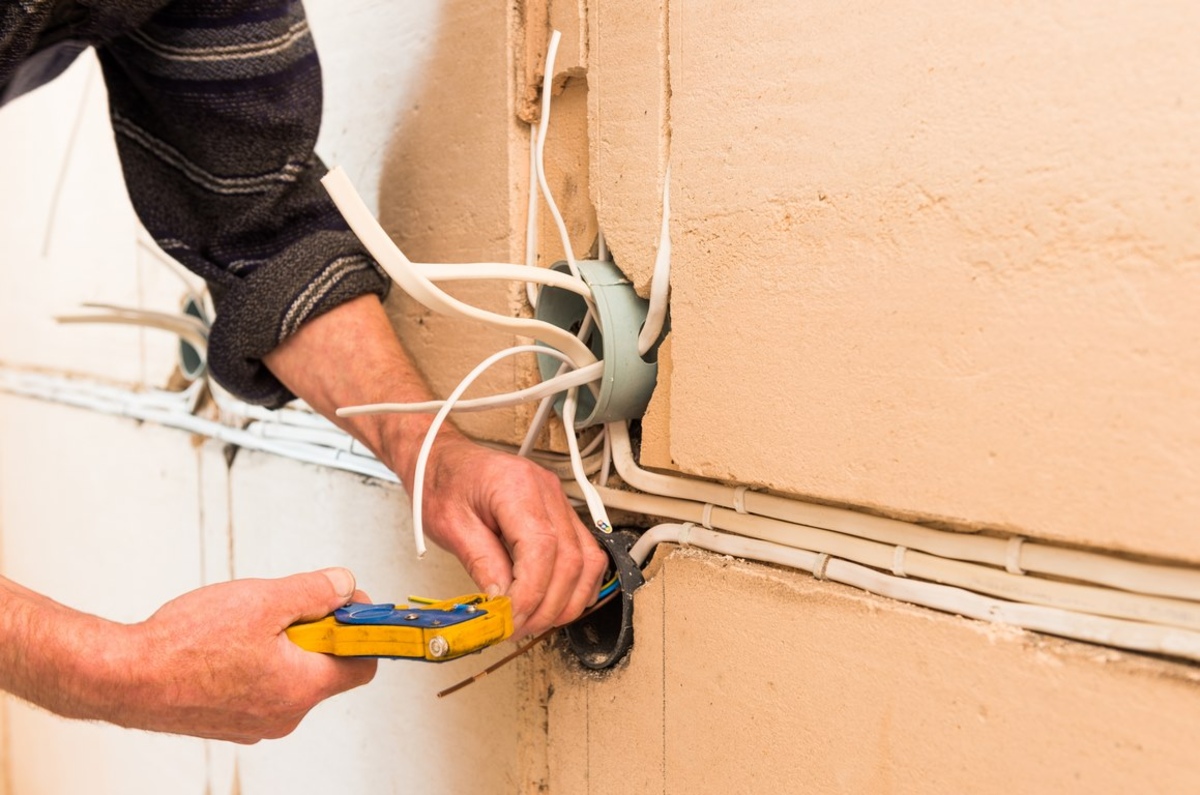
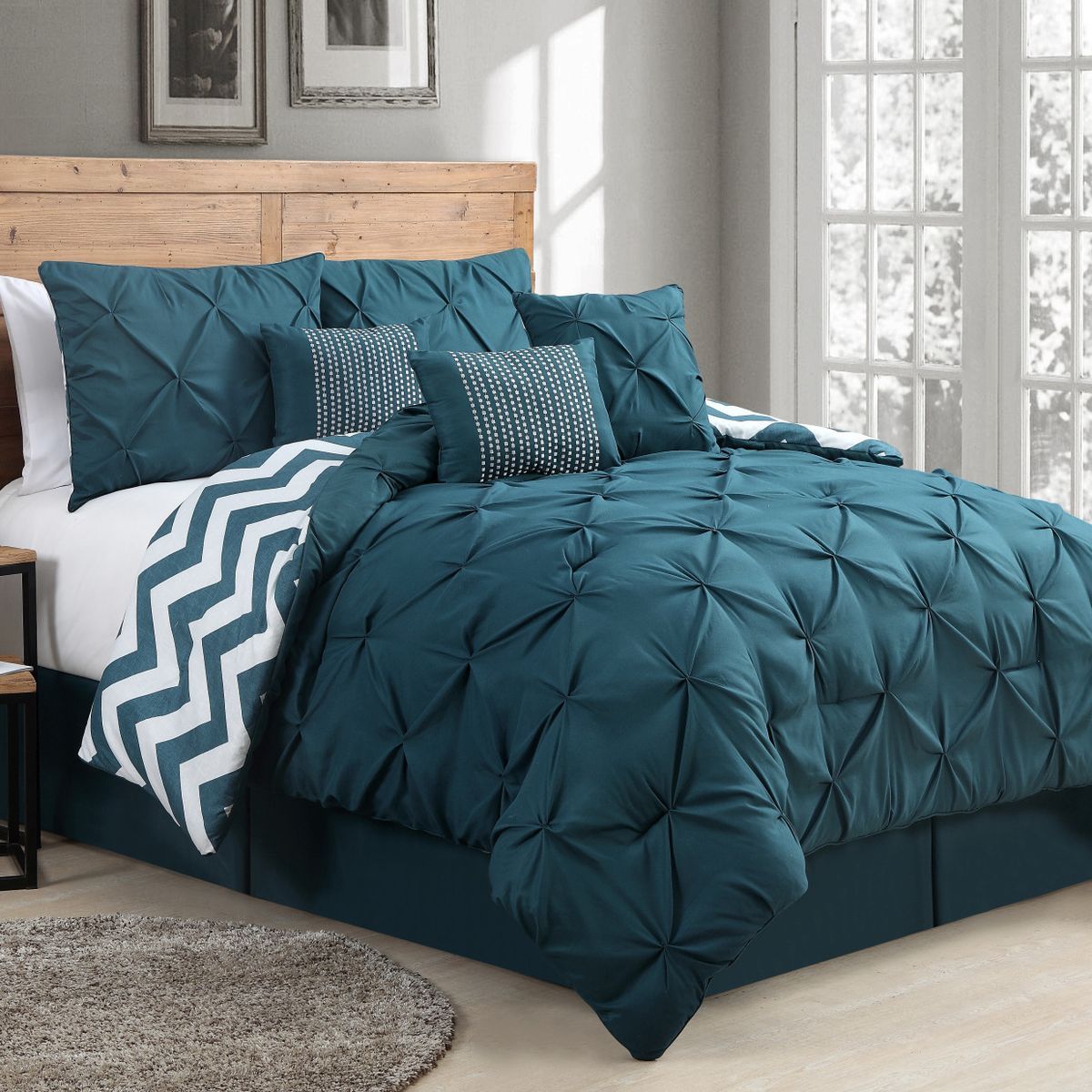
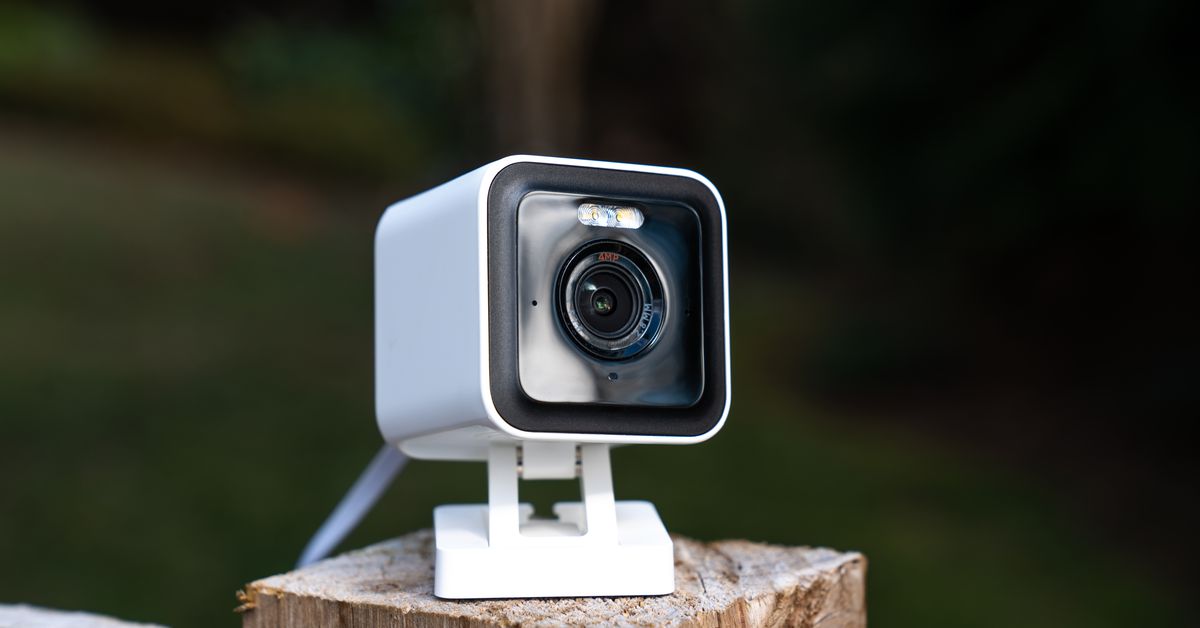




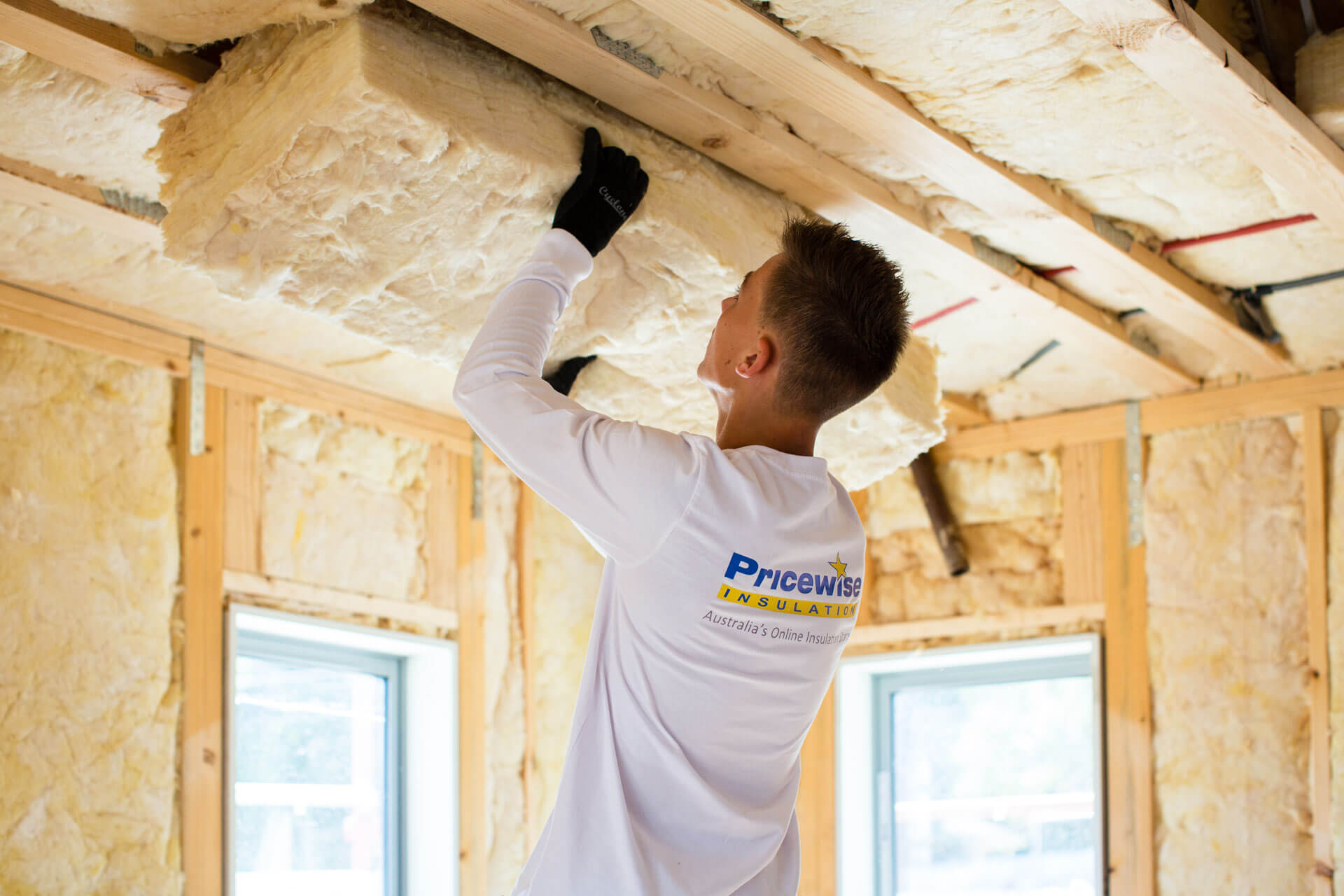

0 thoughts on “7 Invisible Hazards That May Be Lurking in Your Home”